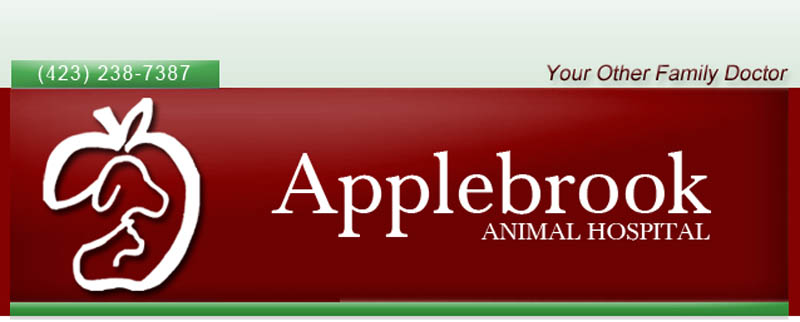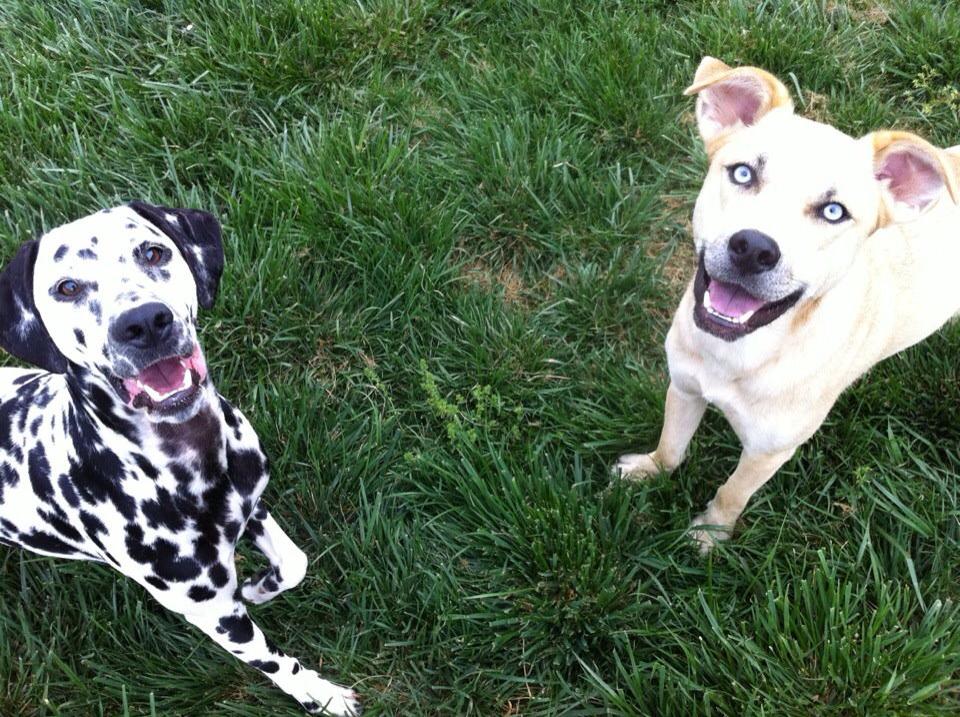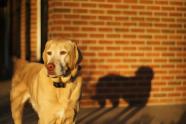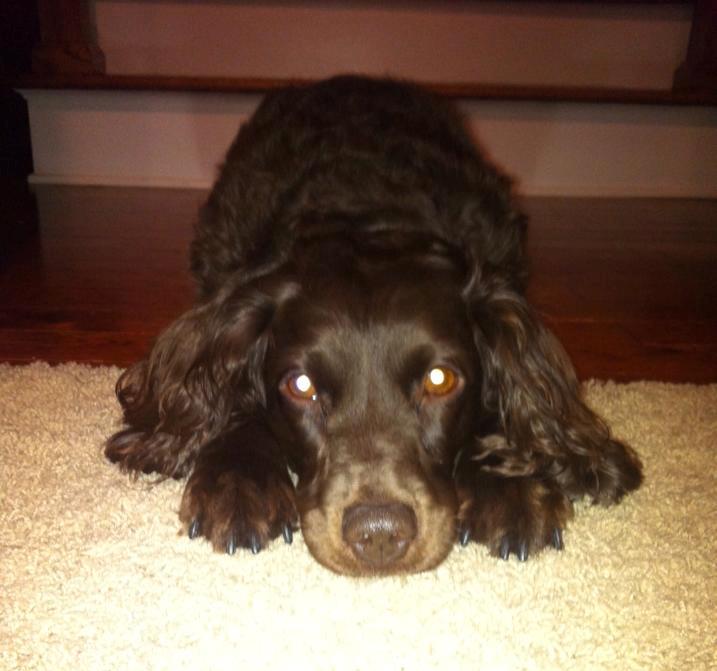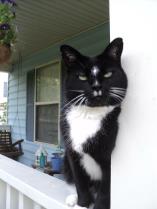Guest Blog: How A Vet Examines an Animal's Eye
by Kathryn Primm DVM on 01/31/13
I would like to thank Dr. Bill Miller for his appearance as our guest blogger this week. Dr. Miller is a Diplomate of The American
College of Veterinary Ophthalmologists. He is the only boarded animal
eye specialist in west Tennessee, all of Arkansas and north Mississippi and was one of my professors along my veterinary journey. He assists me on cases still and is a terrific mentor to me. ~KP
How a Veterinarian Examines an Animal's Eye
Examination of a veterinary patient is not much different from the eye examination physician ophthalmologists perform on human patients. The exception is that it is very difficult to get veterinary patients to read an eye chart. Since most eye problems initially present with only signs such as redness and discharge, a complete eye examination should be performed whenever these signs are observed.The initial diagnostics that are done on almost all veterinary patients will include a Schirmer Tear Test, an Intraocular pressure, dilation, if medications are prescribed, corneal staining. A Schirmer Tear Test measures the eye's tear production. Veterinarians will perform this test anytime the eye is red and has discharge. The test is performed by taking a tear test strip and placing the end between the lower eyelid and eye. The amount of moisture wicking up the strip in a minute is measured. Normal values vary between species but for the dog 20 mm +/- 5 mm in 1 minute is considered normal. A focal light source is then used to examine the eyelids, structures surrounding the eye, and front half of the eye. The Pupillary Light Reflex (PLR) is determined for both eyes. The direct PLR is the response of the pupil shown directly in an eye while the consensual PLR is the response of the pupil in the contralateral eye from the one in which the light is directed. Intraocular pressure (IOP) is measured with a tonometer. An elevated IOP may indicate glaucoma. One of the first signs of glaucoma may be redness and discharge so measuring IOP is an important diagnostic test to prevent elevated IOP from blinding an eye. Once intraocular pressures are determined to be within normal limits the pupils are dilated. Typically dilation will take 10 to 30 minutes to complete, with pupils remaining dilated for about two hours. A variety of ophthalmoscopes may be used to examine the back or fundus of the eye. When examining the fundus the veterinarian is looking at the number and character of blood vessels, size and shape of the optic nerve, pigmentation of depigmentation, retinal anatomy, and intensity of tapetal reflectivity (the tapetum is the part of the back of the animal's eye that reflects light back out of the eye). Once the internal structures of the eye have been examined and prior to prescribing topical medications the cornea is often stained with fluorescein dye. The dye will adhere to corneal structures if there is a break in the cornea's epithelial surface and indicating an ulcer is present.
Once a
complete ocular examination is performed, primary care veterinarians may seek
consultation with a board certified veterinary ophthalmologist. Following consultation, therapy may be
prescribed by the primary care veterinarian or referral to the specialist may
be determined to be in the patient's best interest. The diagnosis and treatment of veterinary
ocular disease requires a team approach incorporating the owner, primary care
veterinarian and often veterinary eye specialists.



